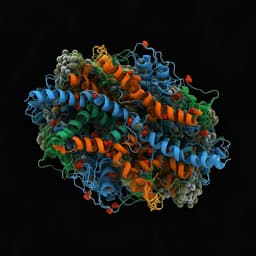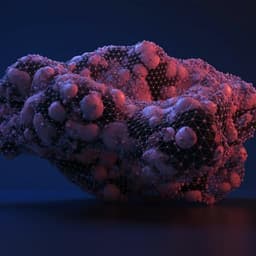
Food Science and Technology
Rational design of hyperstable antibacterial peptides for food preservation
Y. L. Vishweshwaraiah, A. Acharya, et al.
Explore groundbreaking research by Yashavantha L. Vishweshwaraiah, Abhishek Acharya, Vinayak Hegde, and Balaji Prakash on designing stable antimicrobial peptides with remarkable thermostability and efficacy against foodborne pathogens. This innovative study reveals the potential of these peptides for safe and effective food preservation.
Playback language: English
Related Publications
Explore these studies to deepen your understanding of the subject.







